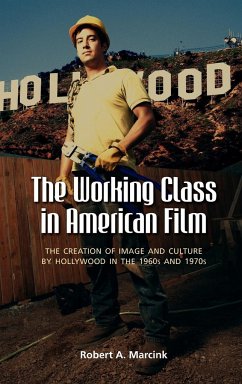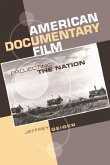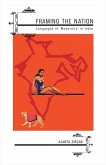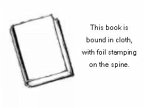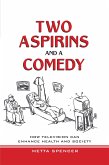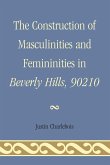From the early days of "worker films" that attracted working-class audiences to tiny, storefront theaters in the first decades of the twentieth century to the gritty films of social realism that brought audiences to theaters during the Great Depression and beyond, Hollywood has played a major role in defining the working class in America. This power of film to define the working class was never more apparent than in the Hollywood of the late 1960s and 1970s. Films from that epoch continue to have a profound effect on America's political and cultural lives decades later. Although the plight of the working class has been a Hollywood subject for more than a century, no significant work has explored Hollywood's role in shaping the modern working class. Most studies of the films of the late 1960s and 1970s explore the "New Hollywood," or the "Hollywood Renaissance," a brief period of directorial creativity in the industry. Some studies analyze the emergence of the "blockbuster" film and "four-wall" distribution that rejuvenated Hollywood with films like Jaws and Star Wars, while others examine the effect of the Vietnam War on the film industry. This study, however, explains how Hollywood created a false binary of the counterculture vs. the working class in an effort to appeal to the largest possible audience and, in doing so, helped to draw the lines for cultural and political discourse four decades later. Through narrative repetition, film has the power to create a world that becomes accepted as "the way things are." This happened in the mid-1970s when several significant films depicted the white working class as victim of a system that privileged the broad "counterculture," creating a world view that still flourishes in some circles of the white working and middle classes. This study makes that connection for the reader through close readings of various films of the era. As the first study to establish a direct connection between popular films of the 1970s and right-wing populist movements of today, this book helps to provide context for the more extreme rhetoric and activities of the Tea Party and other more fringe groups of the 2010s. By analyzing the depiction of the working class in films of the late 1960s and 1970s, this study provides the first look at how films of the era changed how the working class is viewed by others and by itself. This study also examines the political climate of the Nixon and Carter eras and demonstrates how concepts like Richard Nixon's "Silent Majority" found their way to the big screen and helped to shape the future of the working class. Finally, this unique study explores how Hollywood, given a choice of providing an honest rendering of the era or exploiting its tensions to ensure better box office, made the latter choice. By breaking down iconic films like Easy Rider, Dirty Harry, Jaws, and Rocky, character studies like Scarecrow, Blue Collar, and Hard Times, and cult favorites like Joe, Billy Jack, and Medium Cool, author Robert A. Marcink provides a comprehensive look at how Hollywood's choice played a significant role in shaping the modern working class. By exploring films from both the Left and the Right, he also demonstrates that in Hollywood the message rarely strays too far from the ideological center. The Working Class in American Film is an important volume for all film collections. It is also an important volume for communications, sociology, political science, and history collections that explore the relationship between popular media and the shaping of American society and political discourse.
Hinweis: Dieser Artikel kann nur an eine deutsche Lieferadresse ausgeliefert werden.
Hinweis: Dieser Artikel kann nur an eine deutsche Lieferadresse ausgeliefert werden.

